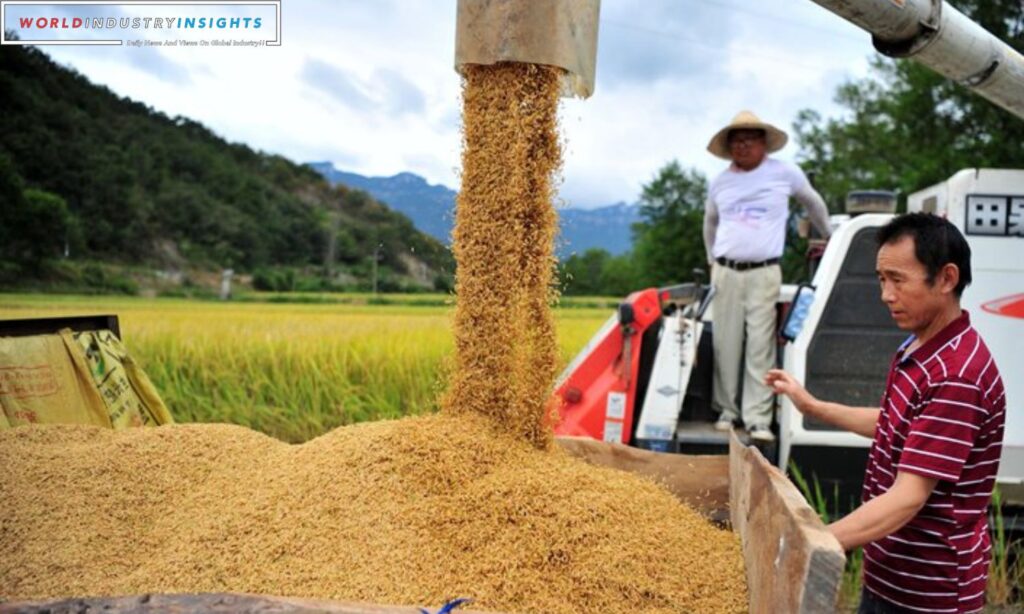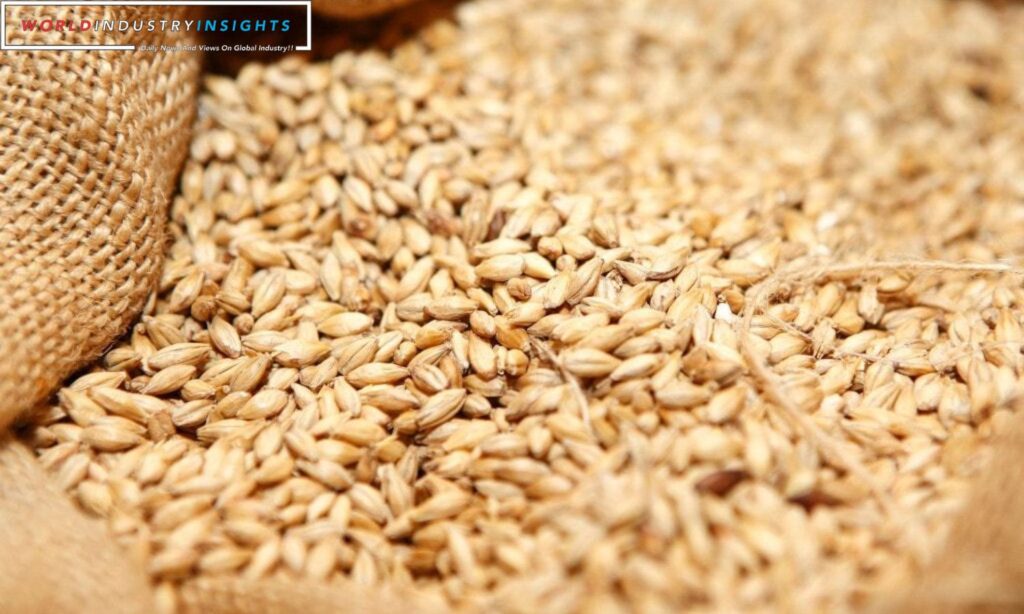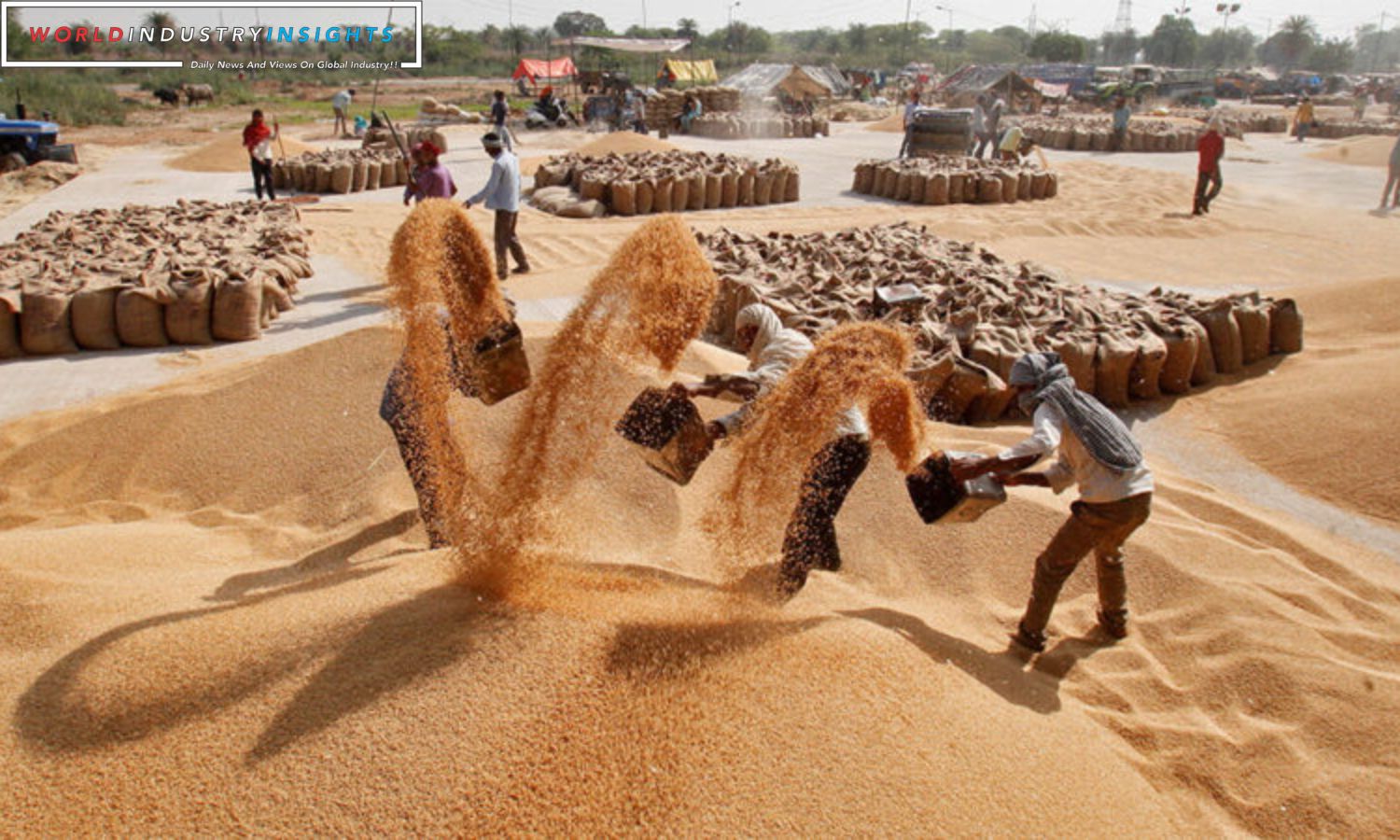China Wheat Import Surge: China is set to break records in its wheat imports this year, and sources in the trading world suggest a combination of factors fueling this surge. Rain damage to its domestic crop and concerns over dry weather in wheat-exporting nations have intensified China’s appetite to secure wheat imports while prices remain favorable.
Traders anticipate that China’s vigorous purchasing will have a ripple effect on global prices. Wheat prices have declined by over a quarter this year, as per the Chicago futures benchmark, largely due to abundant supplies from top exporter Russia.
China, the world’s largest wheat producer and consumer, has already purchased approximately two million metric tons of new-crop Australian wheat in October, scheduled for shipment starting in December. In addition, they’ve booked around 2.5 million metric tons of French wheat since September, slated for shipment between December and March, volumes notably higher than usual for this time of year.
The overall outlook for China’s 2023 imports appears to be on track to reach approximately 12 million tons, surpassing 2022’s record of 9.96 million tons, and this fervent buying is expected to extend into 2024.
China’s challenges this year stem from crop quality issues and a notably smaller Australian wheat crop, which typically serves as a major supplier to China. The need to address these concerns has led to China’s accelerated wheat purchases, securing as much as possible, as early as possible, in anticipation of tightening supplies, especially from Australia.

Also Read: Australia Wine Oversupply Crisis Deepens Impact of China Tariffs and Pandemic
Rain has taken a toll on China’s wheat crop, resulting in an estimated 20% of the harvest being damaged, primarily due to moisture. Some of this rain-damaged wheat will only be suitable for animal feed or for blending with higher quality imported wheat before milling it into flour. China’s Ministry of Agriculture has yet to provide a crop quality assessment.
China’s biggest hog producer, Muyuan Foods, has found value in rain-damaged wheat, which is used to reduce production costs. This presents an opportunity for Australia to step in and fill the quality gap that China is currently grappling with, particularly for high-protein milling wheat.
Although Australia’s wheat output for the year is expected to decrease due to El Nino-induced dryness, the quality has improved. Dry weather often results in higher protein content, a valuable characteristic in wheat used for milling.
While wheat production in Australia, the world’s second-largest exporter, is forecast to drop this season, the quality is better. As China experiences the need to secure wheat from various sources, it’s driven not only by crop quality concerns but also by attractive prices. Cheap wheat prices are a significant driver for China’s increased imports, and the growing weather risks in top exporting countries are prompting preparations for the future.
China’s wheat imports have surged this year, and customs data shows a 53.6% increase in imports during January to September. These figures include imports from Australia and Canada, but they don’t account for orders made for future delivery, such as recent purchases of U.S. soft red winter wheat.

China’s consistent imports from Australia, even amid bilateral tensions, have remained largely unaffected. In fact, recent months have seen a slight easing of tensions between the two nations.
The increased buying from Australia by Beijing could influence rival importers, such as Indonesia and Japan, to explore alternative sources from North America and the Black Sea region. In doing so, China’s purchases have brought stability to global wheat prices.
However, looking ahead, prices are expected to rise as China turns to higher quality wheat from the U.S., especially as Australian supplies begin to tighten due to lower output. In light of this, China is anticipated to import larger volumes of French wheat in the coming months.
China’s surge in wheat imports has had a notable impact on global prices, underlining the interconnectedness of the global wheat market. It’s a complex dance between supply and demand, shaped by weather conditions, domestic crop quality, and the global trade landscape. As China continues to secure wheat from various sources, the market remains poised for potential price fluctuations. The resilience and adaptability of the global wheat market will play a significant role in shaping the future of this essential commodity.

